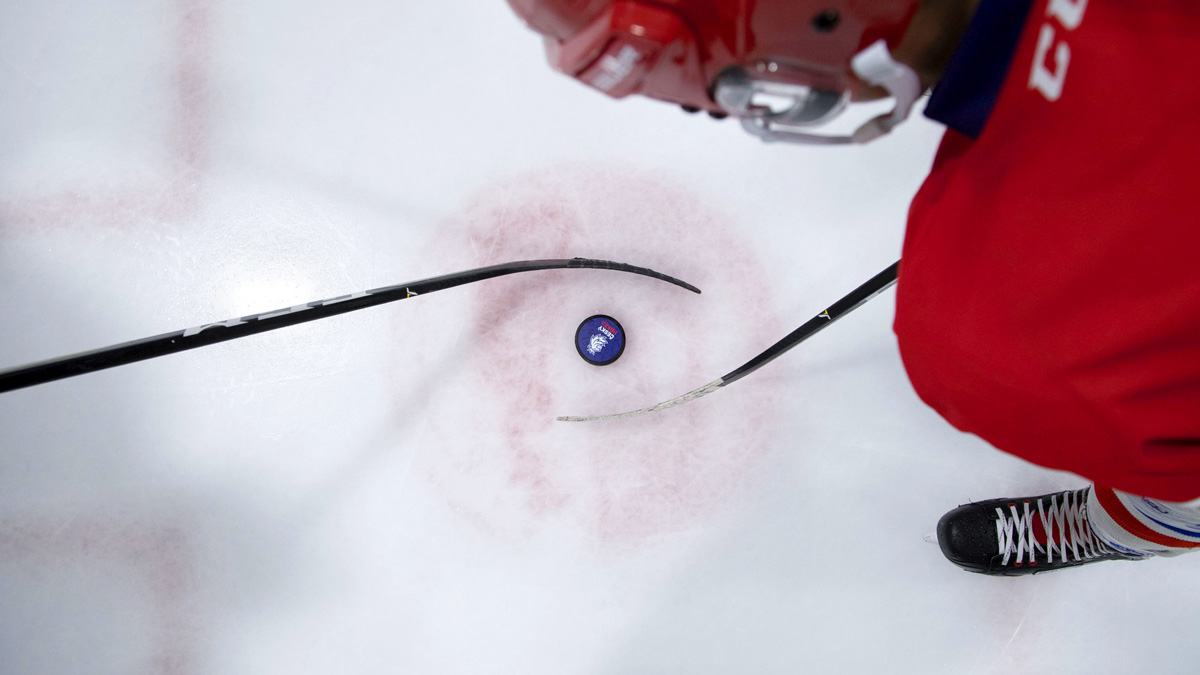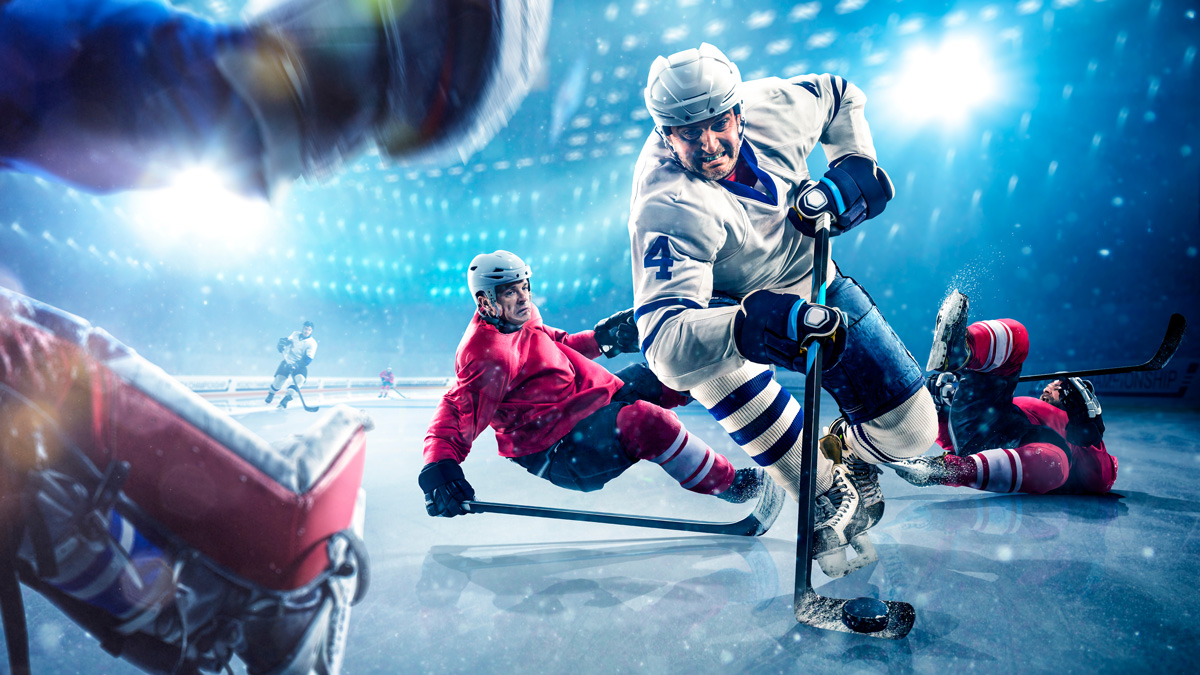Choosing an Ice Hockey Stick
How to choose a hockey stick? Choosing the right hockey stick is extremely important, both for beginners and more experienced players. In the following paragraphs, we will try to help you choose the right stick. We will talk about how to choose the right angulation, what is the ideal length and hardness of the stick, and material it’s made from.
Problematic parts of equipment
We will try to write in more detail how to choose the equipment, which can be confusing for beginners. You will mostly be choosing a hockey stick, ice skates, shin protectors and gloves. For the rest of equipment, the sizes are marked as S, M, L, XL. If the name contains abbreviation JR (junior), it means it’s a junior equipment. If the name contains abbreviation SR (senior), then it means it is equipment for adults. Some parts of equipment also come in YT (youth) size – children size.
Hardness of the stick
How to choose the hardness of the stick?
The smaller the number of the stick hardness, the more flexible it will be. And the other way around, higher the number, the harder it will be to bend the stick.
For younger players and beginners, we recommend choosing the most flexible stick, with which it will be the easiest to learn how to shoot. For more advanced players it will depend on what suits individual player the best. In most cases wingers choose softer sticks, and goalkeepers harder sticks. With the wood hockey sticks, hardness is not stated.
Hardness of the stick should also be dependent on the strength of the player. Meaning, if the player is focusing on the strength, he should choose a harder stick, and if the player is more technical, he should choose a softer stick.
Curved hockey stick is ideal for shooting.

Length
How to choose the length of the stick? To choose the right hockey stick length, you can use one of two options.
- If you’re choosing the length without skates, the stick should reach your nose.
- If you’re choosing the length with skates, it should reach your chin.
This is just a basic measurement, because every player needs a different length. On a more experienced level, most players choose a shorter stick because it allows faster puck work, which helps technical players. On the other hand, goalkeepers mostly choose longer sticks for a further reach and a fiercer shot.
Left-handed or right-handed?
Angulation
When choosing the hockey stick, first we need to know its angulation. How to choose it?
If your right hand is under your left while holding a stick, then you need a right angulation.
If your left hand is under your right, then you need a left angulation.
There are also sticks with a straight blade, which are used, for example, by small children when we are not sure about the right angulation.
For hockey sticks in our e-shop, it is applied that if the name contains the letter L – the angulation is left, and if it contains the letter R – the angulation is right. This is also applied to age. If the name contains the abbreviation SR, the stick is suitable for adults. Abbreviation INT – intermediate, means it is suitable for a level between adult and children hockey, and JR means it is suitable for children.
When it comes to goalkeeper’s stick, you will be able to tell the angulation, for example, by the hand in which you hold the catcher. If you keep the catcher in the left hand, you need left angulation. If you keep the catcher in the right hand, you need right angulation. Blades are angulated in the same way as other hockey sticks – the right-angulated blade tip bends to the left.

Material
The most used sticks today are composite sticks, but wooden sticks are also used. Both have their good and bad sides, which we will now go through.
The most used type of hockey sticks, which most hockey players use. The best thing about them is their low weight, better feel, energy transfer and water resistance. The bad side is clearly higher price and lower resistance to breaking.
Players who use wooden sticks today are mostly an exception. Characteristics of these hockey sticks are much different than the ones of composite hockey sticks. They are very useful is certain instances. For example, for children who are just starting to play, the wooden stick is great to learn the basics. One of the bad sides is harder control over the puck, heavy weight and low water resistance.
